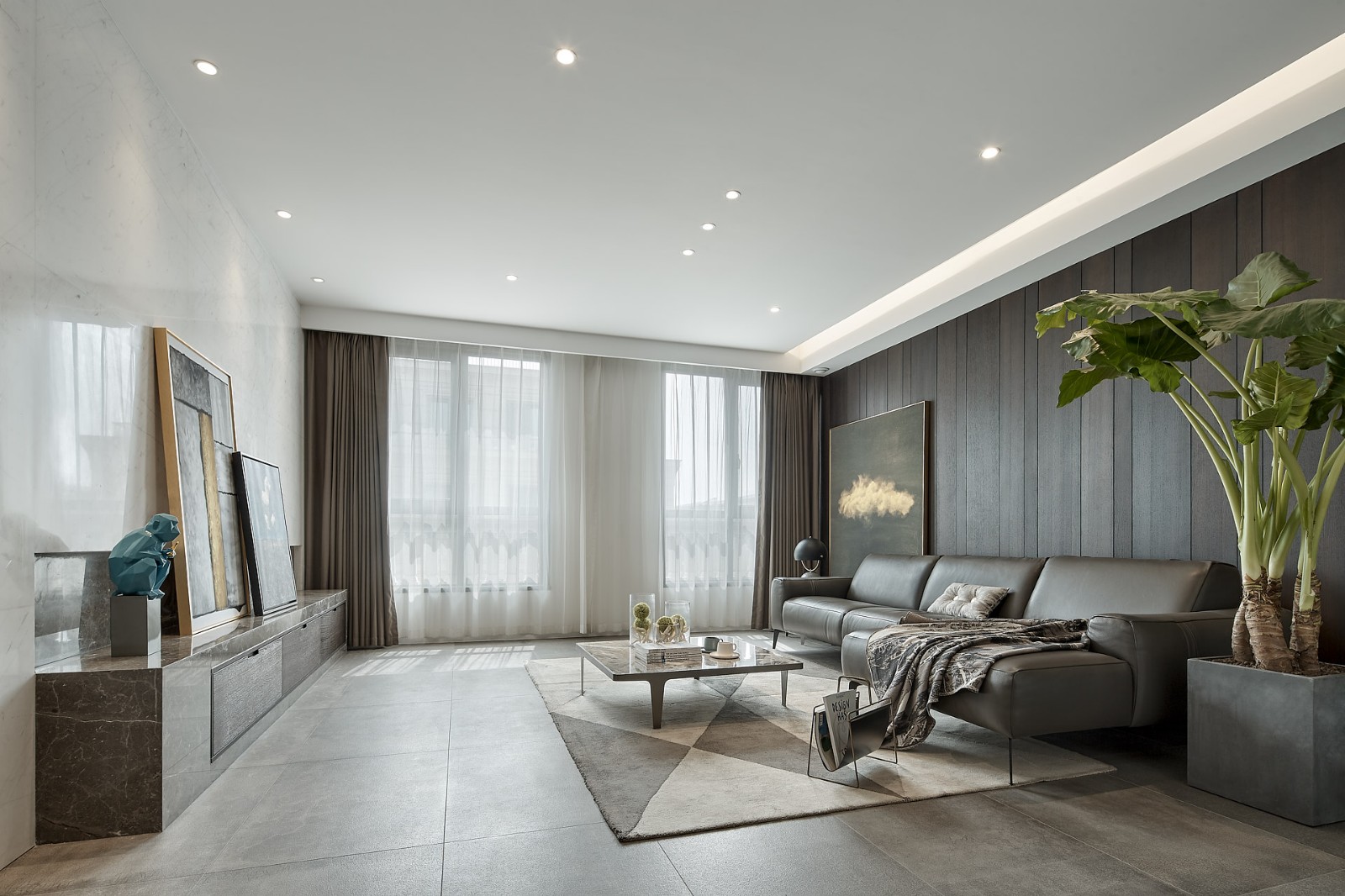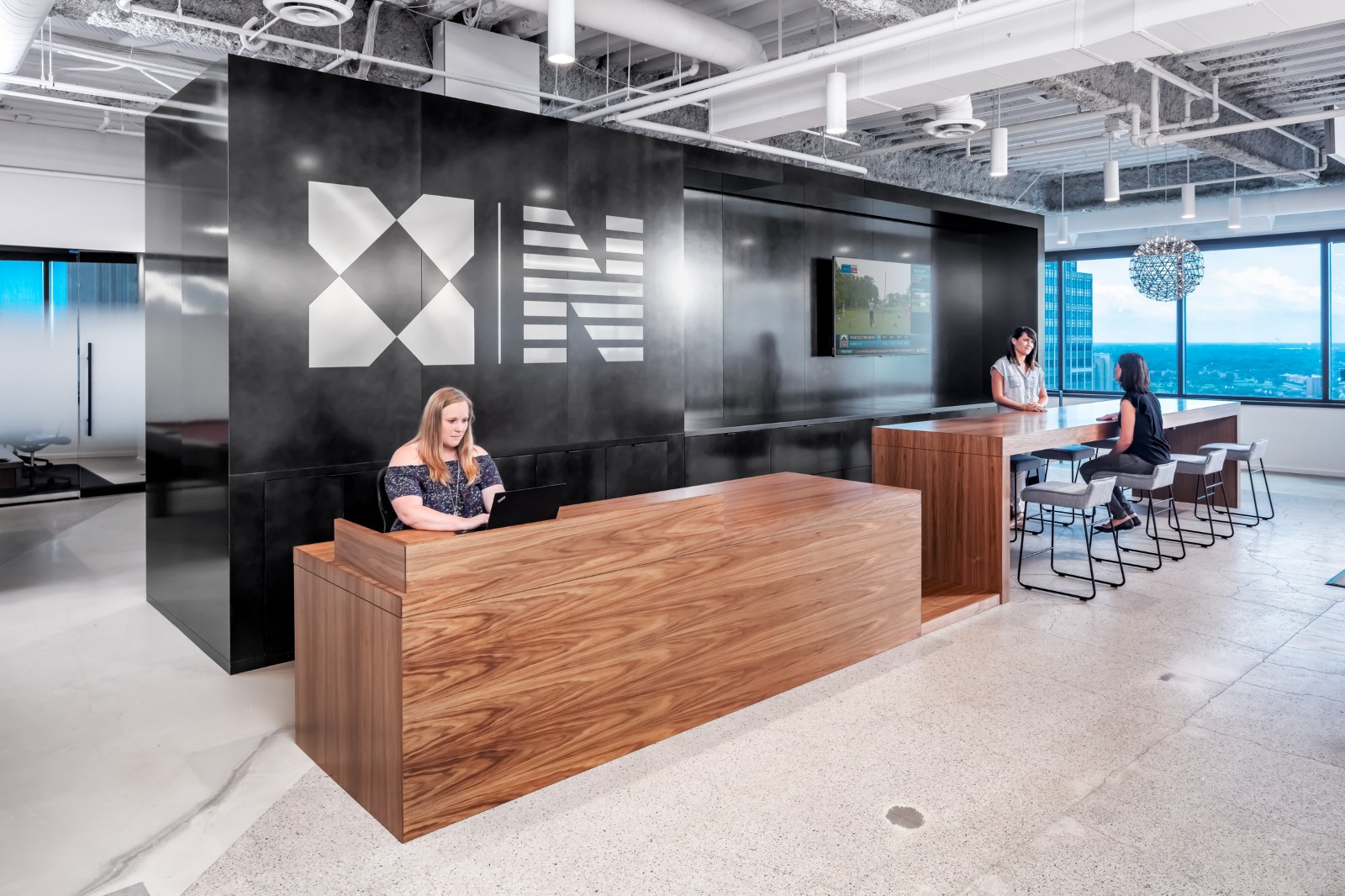La Trobe Institute for Molecular Science Lyons
2013-04-05 01:00
架构师提供的文本描述。拉特罗贝分子科学研究所(LIMS)是拉特罗布大学邦多拉分校的一座重要的新建筑,它将满足该大学在科学学科的学生学习和研究方面的长期需要。里昂是在澳大利亚建筑师协会赞助的设计竞赛后任命的。简要说明的一个组成部分是,该项目将在校园的建筑和特征方面产生“变革性”效果,这是以前在严格的材料和高度准则内建造的。
Text description provided by the architects. The La Trobe Institute for Molecular Science (LIMS) is a major new building on La Trobe University’s Bundoora Campus, which will meet the University’s long-term needs in terms of student learning and research in the science disciplines. Lyons were appointed following a design competition sponsored by the Australian Institute of Architects. An integral part of the brief was for the project to have a ‘transformative’ effect in terms of the architecture and identity of the campus, which had previously been built within the strict guidelines for materials and heights.
这座建筑是围绕着大学的特定模式设计的,目的是为科学领域的学生创造一条道路;在这样一个环境中,学生可以发展成为学生研究人员,并最终成为领导研究人员。
The building is designed around the University’s specific model for creating a pathway for students in science; an environment where students can develop into student researchers and ultimately into lead researchers.
大楼的较低层可容纳一至三年级的本科生学习空间-大型开放的灵活实验室(可容纳160名学生的教学团队)与“干燥”学习空间相连。这使得学生可以在基于实验室的项目工作之间移动,在相邻的空间内进行数字和协作学习活动。在地面层面,这些学习空间扩展到新的景观空间,扩大了将学生置于外部社会和学习领域中心的想法。
The lower levels of the building accommodate first to third year undergraduate learning spaces – with large open flexible labs (accommodating teaching cohorts for 160 students) connected with ‘dry’ learning spaces. This allows students to move between laboratory based project work, to digital and collaborative learning activities within the adjacent spaces. At ground level, these learning spaces breakout to new landscaped spaces, extending the idea of placing students at the centre of outside social and learning areas.
上面三个层次的建筑是研究的重点,并基于一个高度协作的模型。所有的实验室都是大的,开放的,灵活的空间,团队可以一起工作,或者根据研究资金扩大和收缩。这些大型“超级实验室”位于紧邻的书写空间,允许所有研究工作区域之间有非常直接的物理和视觉联系。
The upper three levels of the building are research focused and based around a highly collaborative model. All laboratories are large open flexible spaces where teams are able to work together, or expand and contract according to research funds. These large ‘super labs’ are located immediately adjacent to write-up spaces, allowing a very direct physical and visual connection between all research work areas.
一系列进一步共享的空间,包括一个主要会议室、职员学院休息室和非正式会议空间,也位于研究层面。该设计与毗邻的现有建筑完全集成在一起,该大楼容纳了许多其他LIMS研究人员和实验室。
A series of further shared spaces, including a major conference room, staff ‘college’ lounge and informal meeting spaces, are also located on the research levels. The design is fully integrated with the adjacent existing building, which accommodates a number of other LIMS research staff and laboratories.
该项目的设计还回应了大学邦多拉校区独特的特点,其第一层的高架“汇合处”。这座大楼的主要接待处实际上是位于校园南北交通“十字路口”的这一汇合处。
The project design also responds to the unique attributes of the University’s Bundoora Campus, with its elevated ‘concourse’ at the first level. The primary reception to the building is, in fact, located at this concourse level at a ‘cross roads’ of the campus circulation in a north/south direction.
一条主要的楼梯从建筑物的中心升起,连接着学生和研究层-作为“通道”的一种表现形式。建筑的细胞外部来自于表达建筑内部正在进行的分子研究的想法,并通过建筑物本身的重要性进行调整。墙壁主要是预制混凝土,细胞提供了一个‘下’和‘上’窗口进入不同的空间,帮助穿透日光。细胞概念还为学生占据一些独特的空间或为研究人员会面和协作创造了一个框架。
A major stairway rises through the centre of the building, connecting the student and research levels – as a form of representation of the ‘pathway’. The cellular exterior of the building is derived from ideas about expressing the molecular research that is being undertaken within the building, and is adjusted via the materiality of the building itself. The walls are primarily precast concrete, with the cells providing a ‘lower’ and ‘upper’ window into the various spaces, aiding the penetration of daylight. The cellular concept also creates a framework for a number of distinctive spaces for students to occupy or for research staff to meet and collaborate.
 举报
举报
别默默的看了,快登录帮我评论一下吧!:)
注册
登录
更多评论
相关文章
-

描边风设计中,最容易犯的8种问题分析
2018年走过了四分之一,LOGO设计趋势也清晰了LOGO设计
-

描边风设计中,最容易犯的8种问题分析
2018年走过了四分之一,LOGO设计趋势也清晰了LOGO设计
-

描边风设计中,最容易犯的8种问题分析
2018年走过了四分之一,LOGO设计趋势也清晰了LOGO设计






















































































